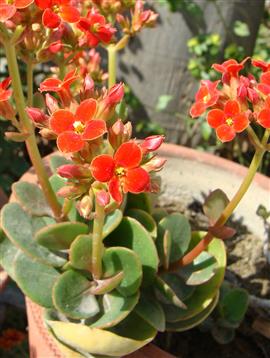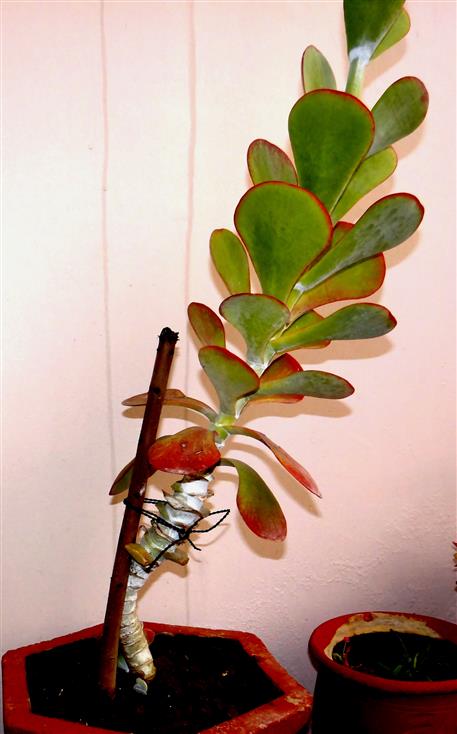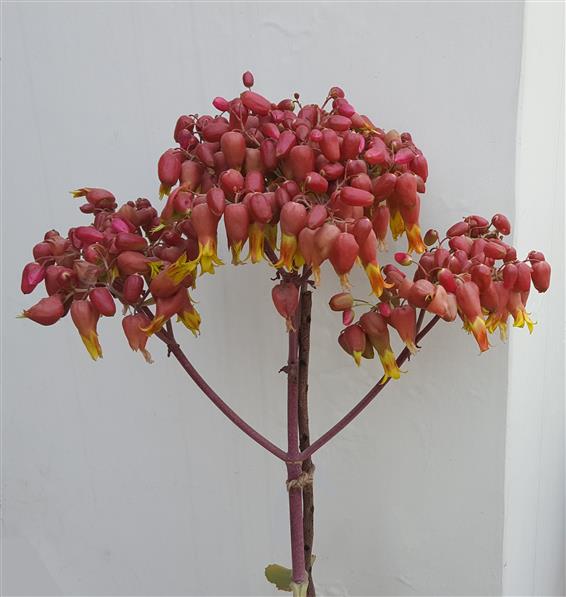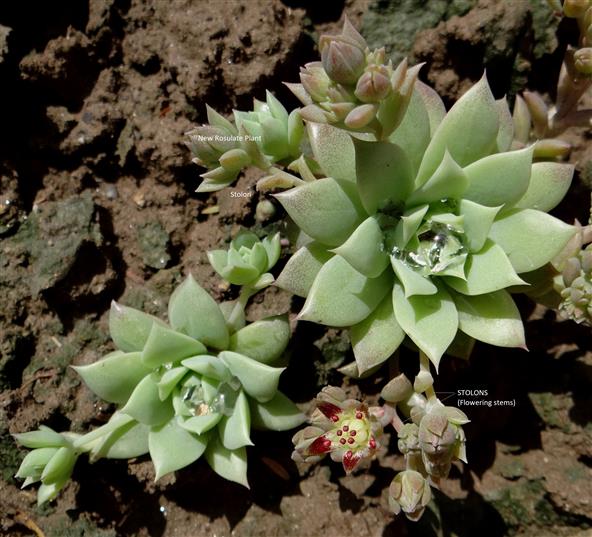CRASSULACEAE
Annual, biennial or perennial herbs, rarely undershrubs or shrubs, usually succulent, sometimes woody at base. Leaves alternate, opposite or whorled, usually simple, exstipulate, often thick and fleshy, sometimes forming a basal rosette; leaf blade entire or rarely incised, rarely lobed or imparipinnate. Inflorescence terminal or axillary, cymose, corymbiform, spiculate, racemose, paniculate or rarely reduced to solitary flower. Flowers usually bisexual, sometimes unisexual (dioecious or gynodioecious: some plants bearing female flowers while other plants bearing bisexual flowers), actinomorphic, (3 or) 4-5-merous, sometimes even 32-merous, hypogynous or perigynous. Sepals free or basally connate, persistent. Petals free or connate, sometimes forming tubular corolla. Stamens as many as or twice as many as petals in 1 or 2 series respectively; filaments free or more or less adnate to corolla; anthers bithecous, usually basifixed, dehiscence longitudinal, introrse. Pistils equal (or fewer) in number of petals, free or united at base, ovary superior or semi-inferior, 1-locular, placentation submarginal; styles terminal, free; stigmas terminal, capitate. Nectar scales usually present, small, at or near base of outer face of carpels. Fruits follicles, free or basally connate, erect or spreading. Seeds few to numerous (1-20+), small.
About 36 genera and 1500 species



